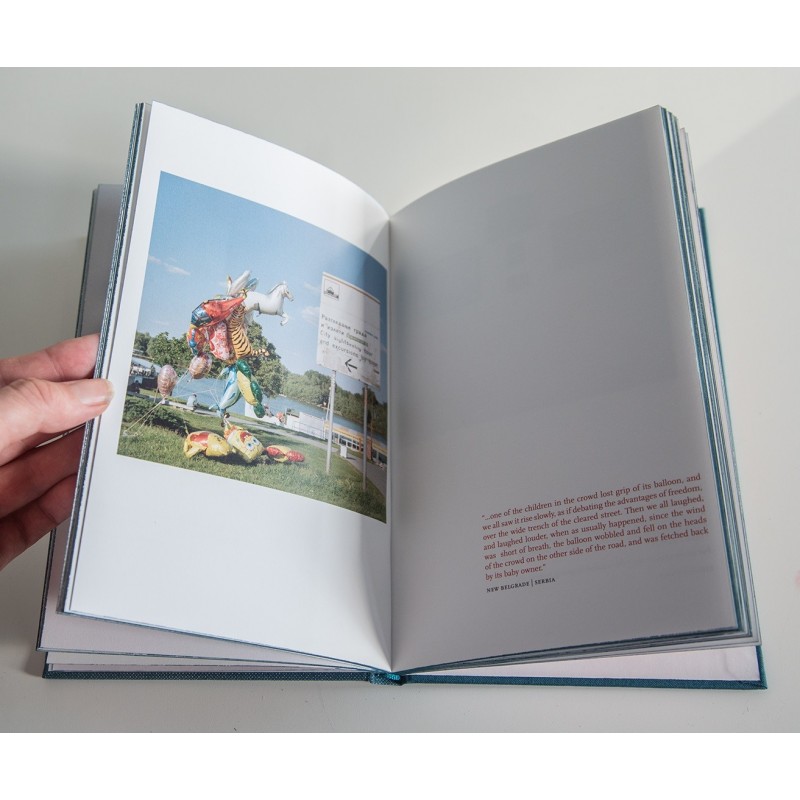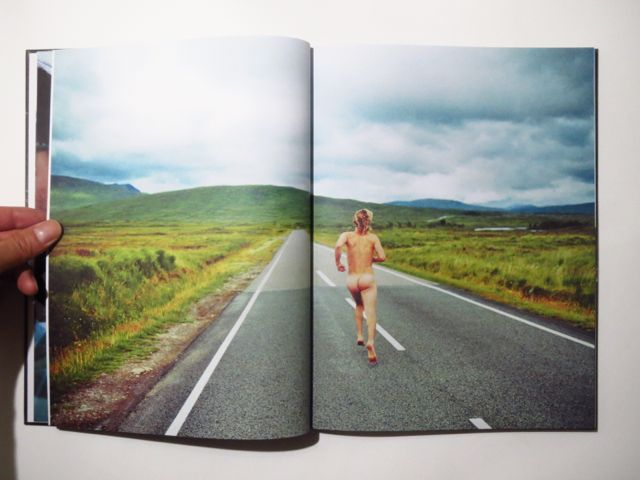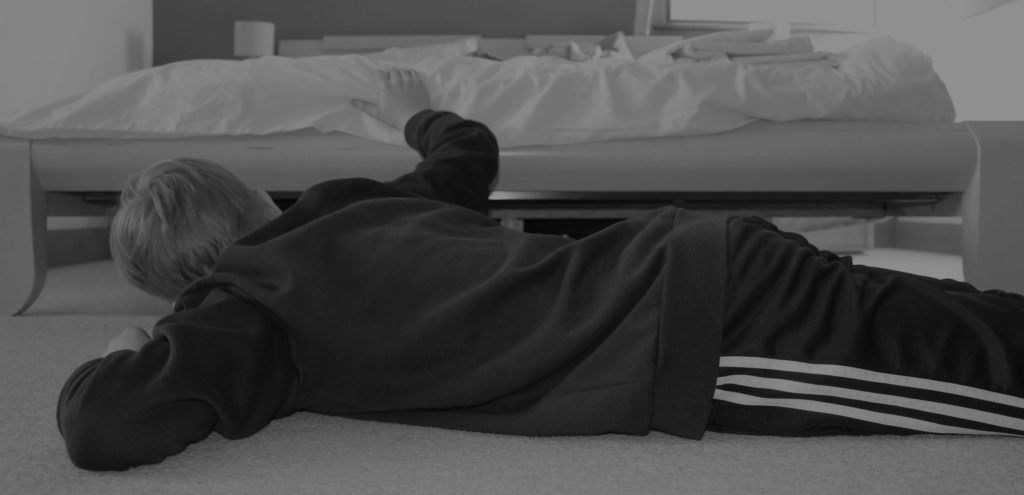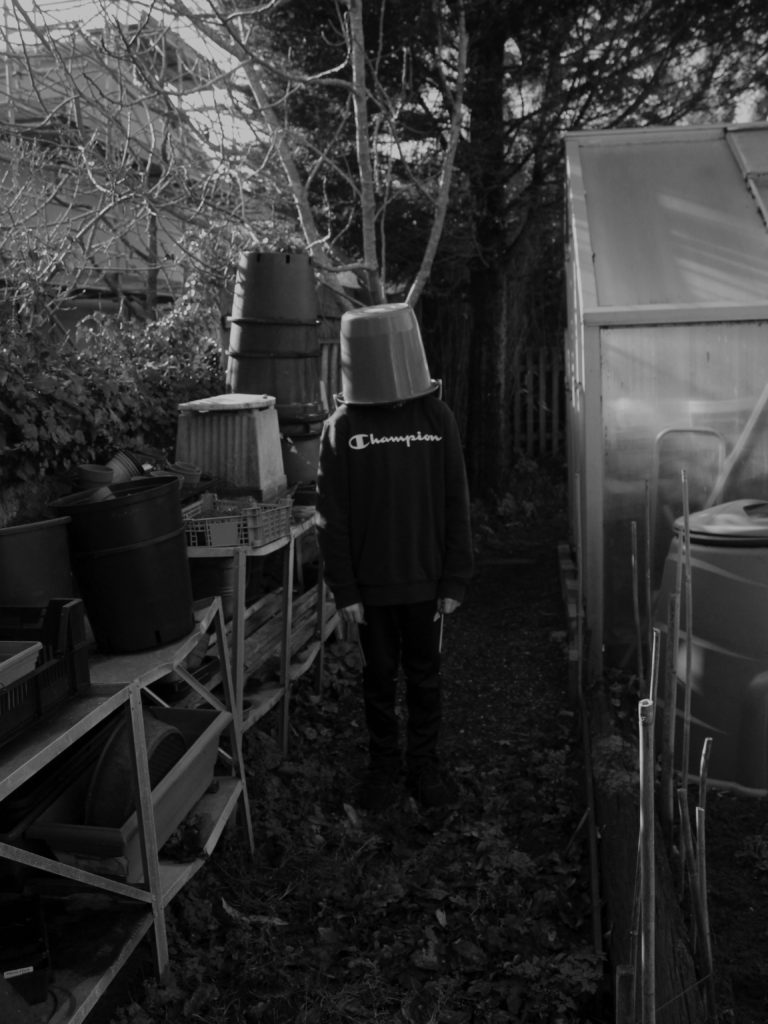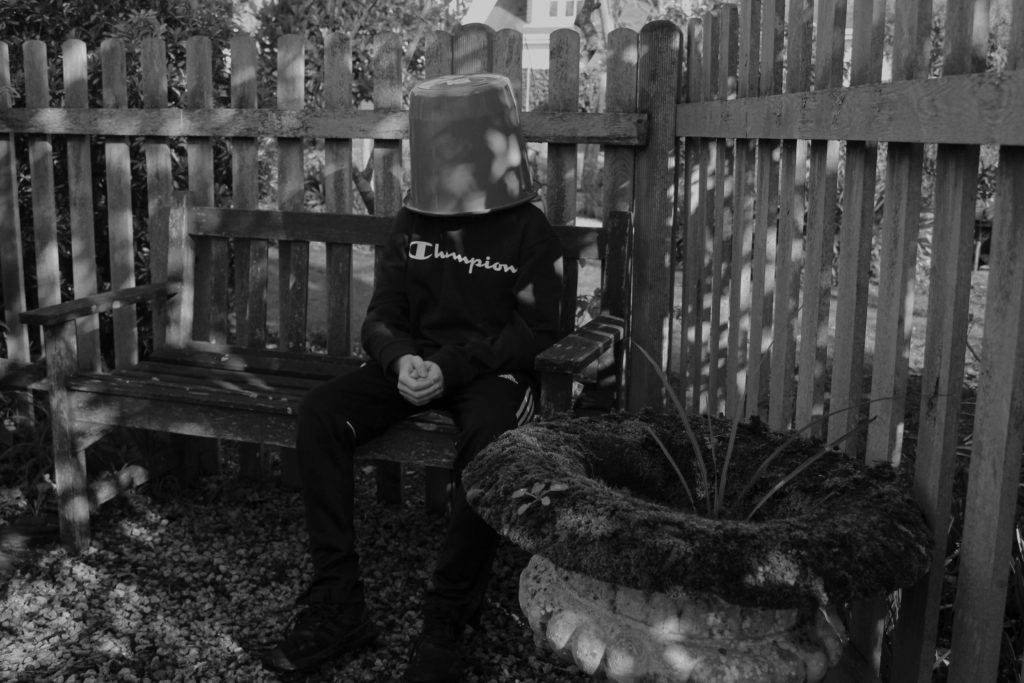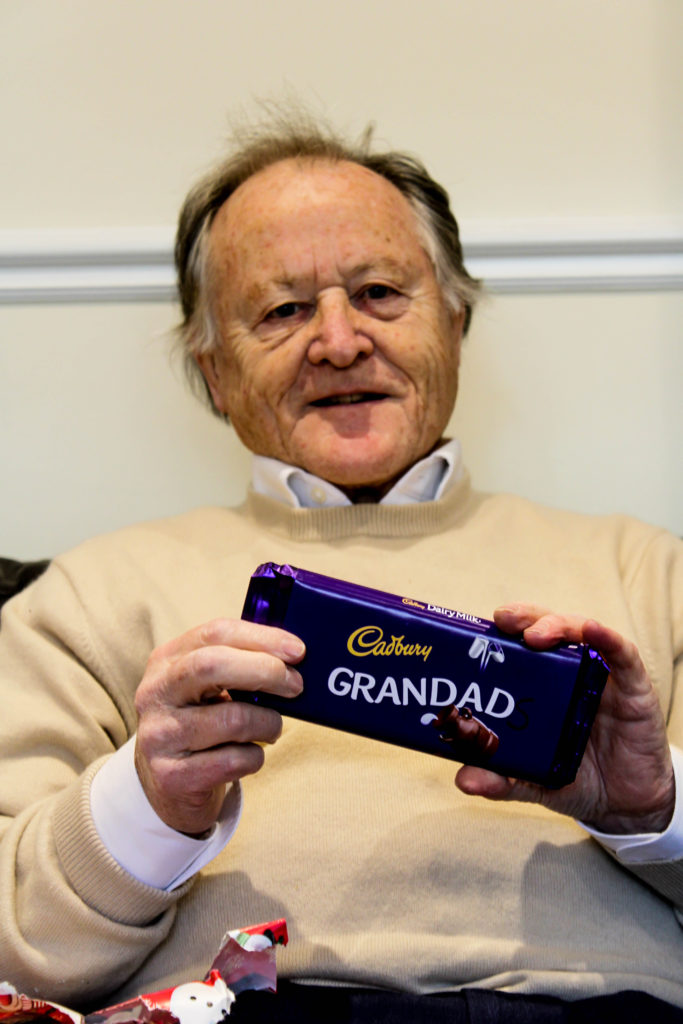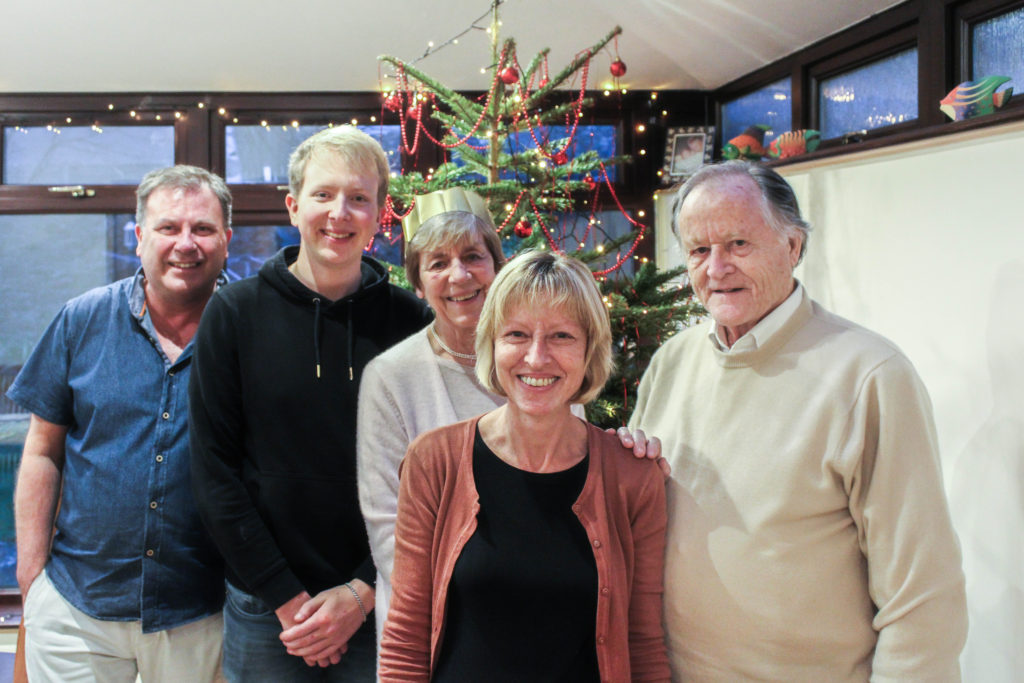Photo book chosen- “The Middle of Somewhere”– Sam Harris
Researching the Photo Book
Researching the photo book by Sam Harris, it is seen to be a visual book which showcases a family diary revolving around his two daughters growing up. I learned that Harris is used a focused lens to show his daughters childhood in a place where it is seen if very free and allows experience. There are naturalistic elements throughout the book such as trees and sunlight which are also shown through shadows and sunlight faces, representing ‘suggestive photography’. In a similar element, it has also been noted that most of these images took place in India, a location the family moved to in order for their children to grow up around culture, freedom and overall living in a simpler existance. The twelve year span the book was taken over is showing the families life day to day, supporting this it was seen that a travelogue was included in the families book, showing life on the road in Australia and villages in India where they birthed their second daughter.
Harris’s approach to this book is seen to be expressing meanings on love, growing up, family, landscape and sisterhood, all of which are personal parts to the family and show a certain type of intimacy while still creating memorable memories, creating an inspiring collection of images, all having a sense of feeling.
Related Quote- “My work is a celebration of childhood, family life, love and our simplistic lifestyle which intertwines with out environment.”
Harris’s Intentions
Harris is an American author and podcast host who is known for his work focusing on topics such as neuroscience, terrorism and free will, helping his development in creating development images, leading me to research into why he’s chosen to create a photo-book when not having previous experience. Looking into Harris’s photo book, I personally think that his intentions when making the book was to show his fresh start living on the road in Australia with his daughters who were growing up quickly. This could also be a physical memory he wanted to look back on as well as show his daughters once grown up. This therefore shows his intended audience being for mainly his family who can relive memories. An active way of allowing the family to look back on memories is by including text in the book which represents dates and locations of where they were which is represented towards the beginning of the book.
Although the book has not gained any major awards, It is well known by other photographers and inspired people to create their own imagery to create personal images to book back on.
Deconstructing the book… Narrative, Concept and Design
-Book in hand- When holding the book in hand, it was clear that this has a soft, flexible cover with small texture to it on both the front and back on the cover (paperback). There seems to be no visible binder. The book is also quite heavy.
-Paper and ink- The images in the book can be seen to be presented in either black and white or colour on matt white paper which is smooth in texture. Their are post- it notes and written text inside the book which adds a feel of it being a scrapbook.
-Format, Size and Orientation- This is a portrait styled book which is larger then an A5 size however not A4. There are smooth corners on the book which is in a rectangle shape and includes 2 inserts inside as well as post-it notes and 94 images.
-Title- The title to the book has. an element of mystery to it in coordination to the green background which can be interpreted as nature. This title could represent many different elements such as a relationship between nature and the author. Due to this sense of mystery this could draw in people to buy it as it has a metaphorical meaning.
-Narrative- The story is about him and his families travel through Australia and is a ‘family diary’ of moments they shared with their two daughters. It is said that he used this book in order to create physical memories which the family could look back on as a group. It is also said that they’re reason for taking the daughters away from the city is because they wanted them to experience nature for what it was and wanted them to live in a simplistic environment.
-Structure and Architecture- There are not many repetition motif’s going on in this phonebook, however it is seen that they include either written work such as dates/ locations where they traveled or hand written aspects on posit notes that their daughters had written to add a more personal feel to the book. There are also a lot of noticeable naturalistic images such as clouds, trees and roads which are included to separate the images taken of his children, adding to the feel of a journey and again showing where they were at the time the images of their daughters were taken.
-Design and Layout- The photographer used a wide variety of techniques when displaying him images. Some are shown in a landscape form, some a portrait. Adding to this, some of the landscape ones are portrayed on a double spread where as others are shown to be on single pages etc. There are no fold outs in the book, only small elements such as posit notes which I personally feel as if adds the element of evidence it needed while not making it confusing. This allows all focus to be on the images taken.
-Images and Text- Throughout the phonebook there are pages which include text, mostly typed but also written. The typed text is used to show poems and location/dates as said beforehand which gives the book the separation that it needs from images. The use of this text also allows for the audience to understand the story of the book as well as appreciate the sentimental values which lies within the book.








